Avoiding museums is something I’ve done so long it has become part of my identity. I like them in theory, generally speaking, but the experience has always left something to be desired. Over the years I’ve come to think of it as a handicap given my line of work, and earlier this year I resolved to face this unfortunate character trait head on. I visited a handful of museums, including the wonderful The Hunterian, and can report that my feelings on the matter are changing. Among the prime reasons for this change of heart is the subject of today’s post: The Highland Folk Museum.
The Highland Folk Museum is a mile-long, open-air museum in Newtonmore, nestled among the highland foothills of the western Cairngorms National Park. Dr. Isabel Frances Grant founded the Highland Folk Museum in 1935 with the aim of sheltering “homely ancient Highland things from destruction.” The original museum was opened on the Isle of Iona and moved to Laggan, Kingussie, and the present day location as the number of artifacts and structures grew from the 2,100 starting pieces. These later sites of the Highland Folk Museum allowed Dr. Grant to develop replicas of historic Scottish buildings like a Lewis blackhouse and a highland but-and-ben. When Dr. Grant retired in 1954 a trust of Scottish universities assumed control of the museum, and in 1975 the Highland Regional Council took control. With each change in management the Highland Folk Museum expanded and grew to encompass new cultural categories like folk music.
I arrived to the Highland Folk Museum on a beautiful, bright May morning. The museum is free to enter but they ask for a donation, and everyone was chipping in to keep this unique museum alive. I stopped at the map to plan my visit to this long, rectangular space. The museum is divided into four sections: Aultlarie Croft, Open Air Section, Pinewoods, and the 17th-century Township. I decided to make a bee-line for the township, seeing as how it was used to film parts of Outlander, and enjoyed a luxurious walk through the pretty pinewoods.
The township stunned me with its charm and setting. The path winds out of the pinewoods to a little plateau covered with thatched houses and workshops. The first one I peered into seemed to be the home of a family of mallards as they came quacking into the sunlight. The buildings here are traditional stone and wood with thick, voluminous thatch covering their frames.
Having the township to myself so early in the day ratcheted up the time-traveling aspect of the Highland Folk Museum. It wasn’t difficult to imagine being back in 1600s Scotland, waking up to a gorgeous spring morning in the highlands. With open-mouthed joy I wandered among the weaver’s house, the stockman’s house, the cottar’s house, the tacksman’s house, and a trio of barns.
While there’s something undeniably romantic about this section of the open-air museum, I feel the need to convey how much more difficult life would have been 400+ years ago. These would have been cozy abodes, but not by modern standards, and one would have to get used to a certain amount of smoke inhalation to avoid exposure. Obviously there would’ve been no electricity or plumbing, either.
Leaving the township I traipsed through the Open Air Section to schoolhouses and tweed cottages en route to the Aultlarie Croft, which has more recent yet still historical buildings. More and more people had begun filtering into the museum as my visit was coming to an end. I had to drive down to Edinburgh and do some things in town, which leads me to my next point:
The Highland Folk Museum is ideally situated on the main artery between the cities and Inverness. Any journey that takes you along the A9 and the Cairngorms ought to involve at least a brief stint at the Highland Folk Museum in Newtonmore. The museum is free, fascinating, and provides an amazing, living history of Scotland’s past.

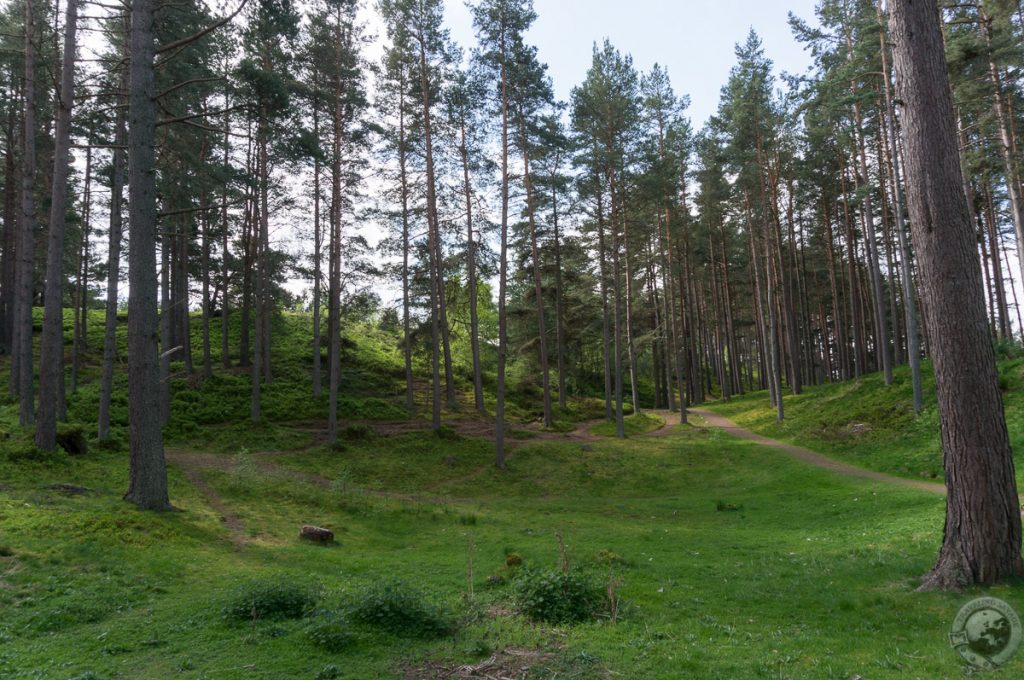
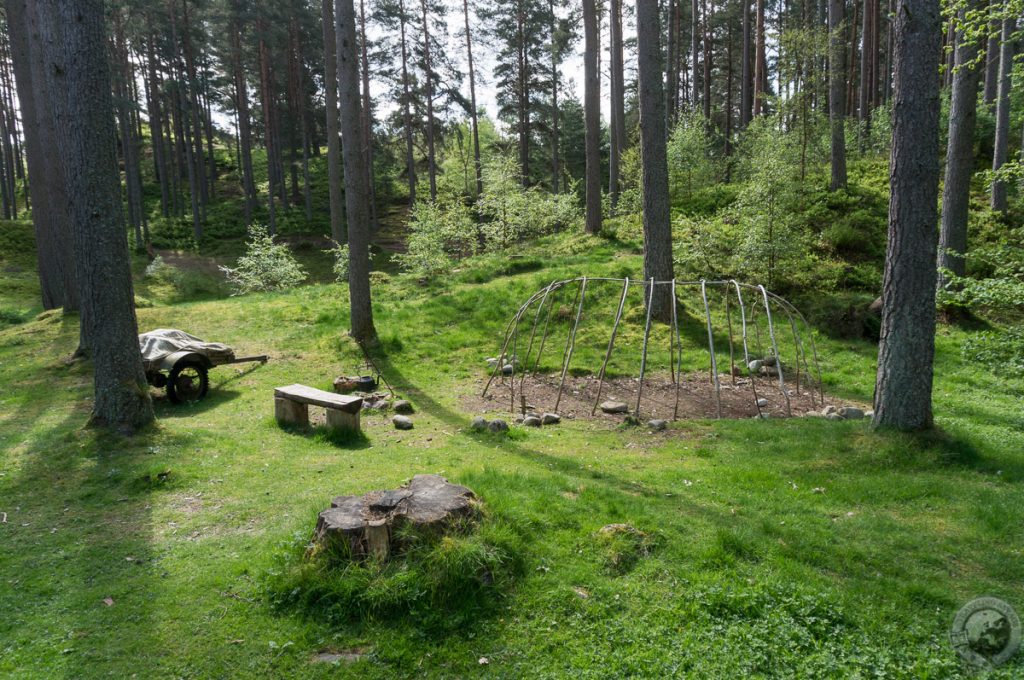
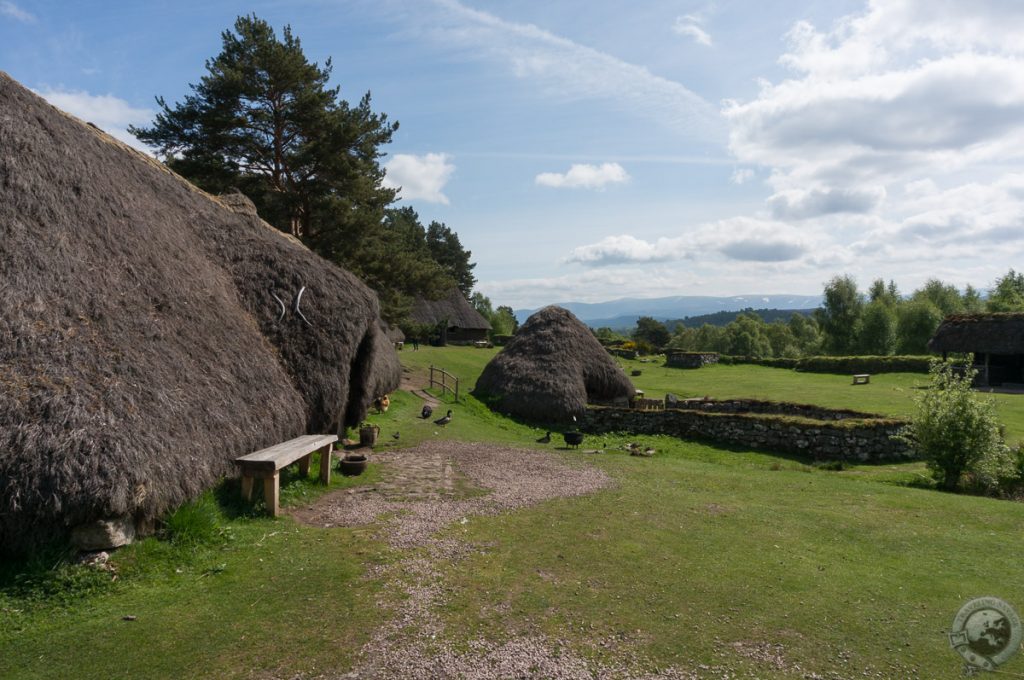
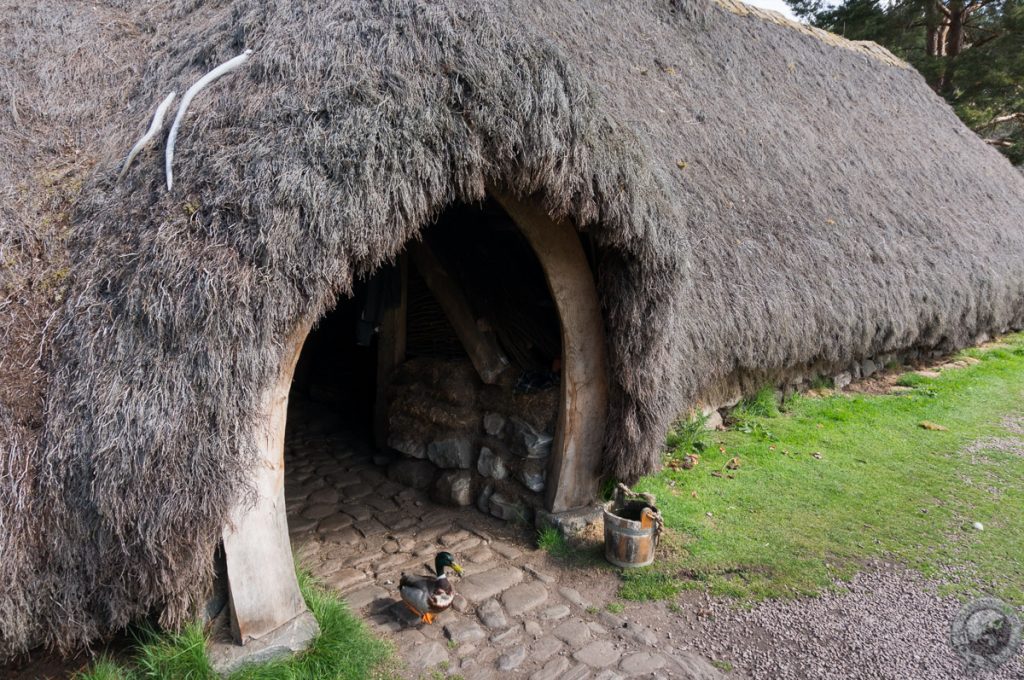
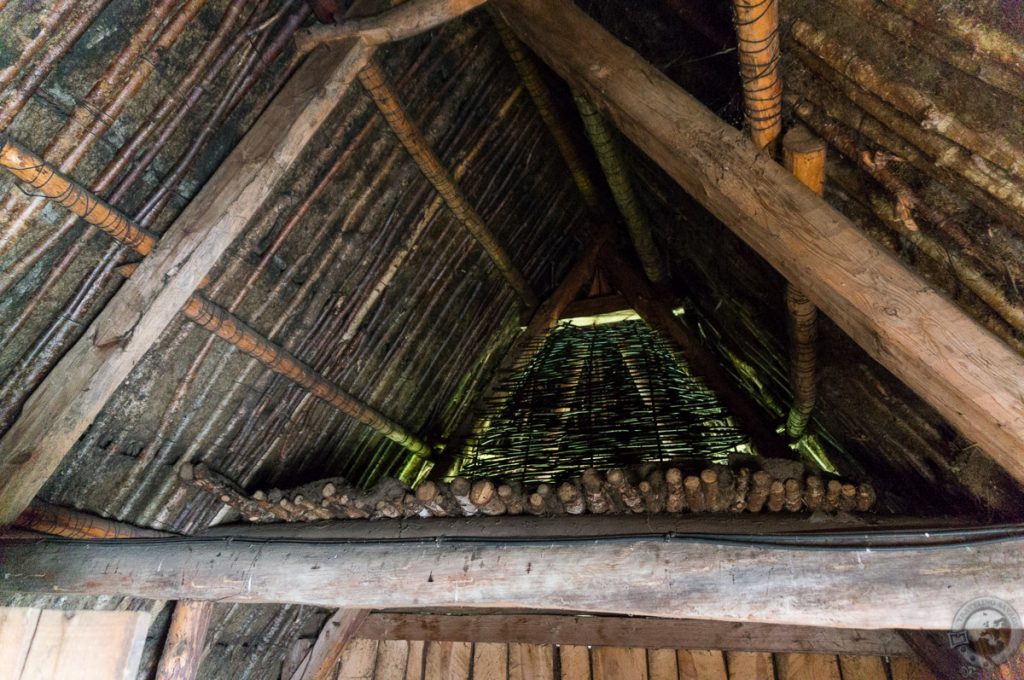
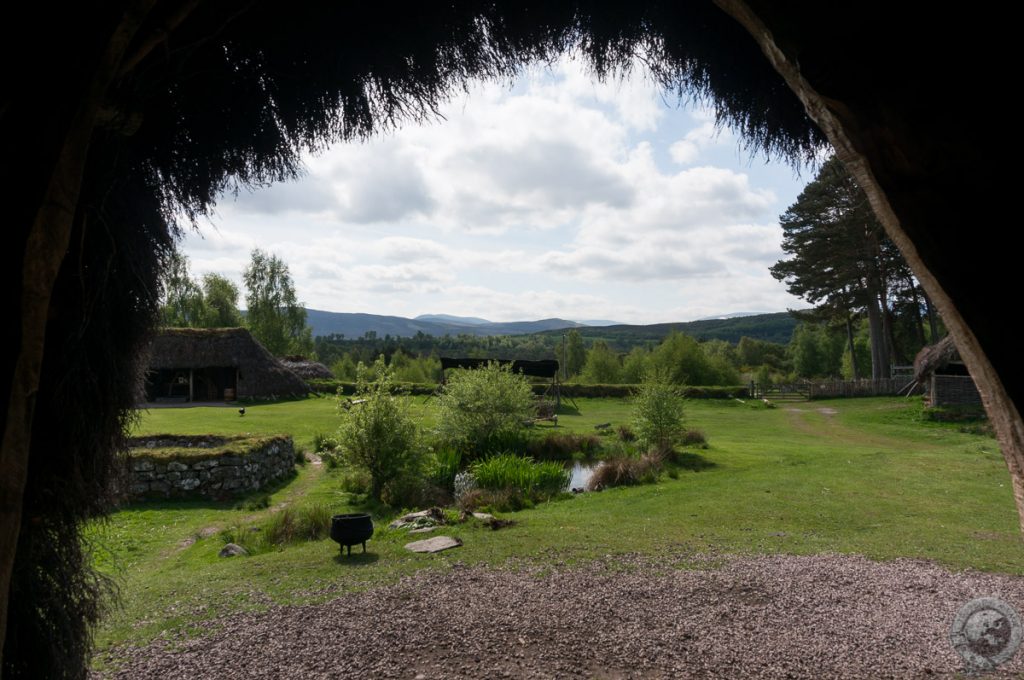
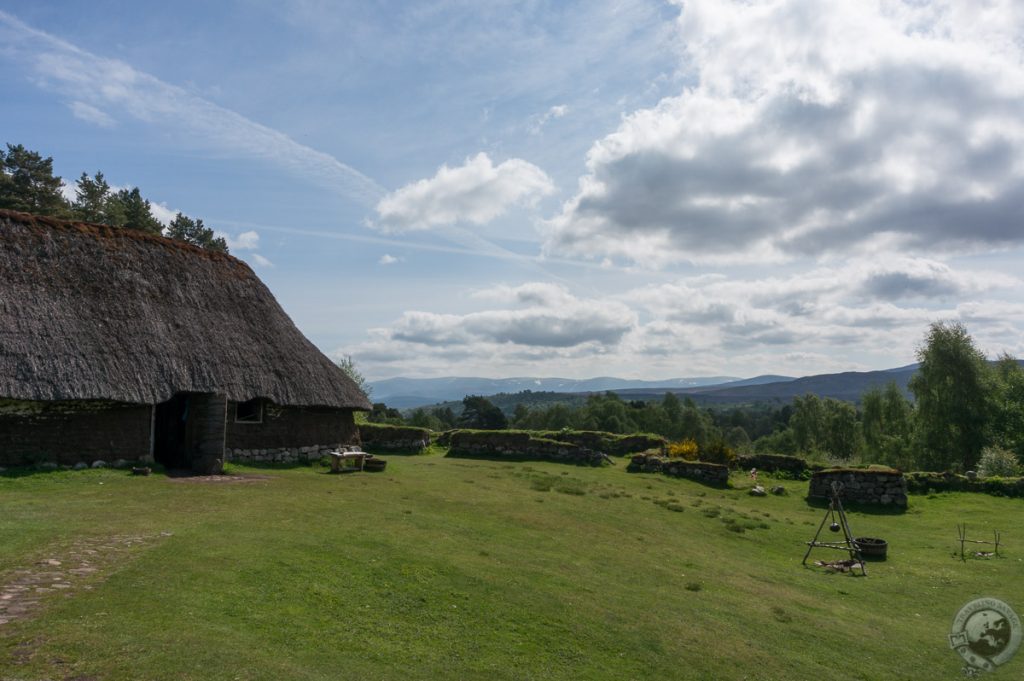
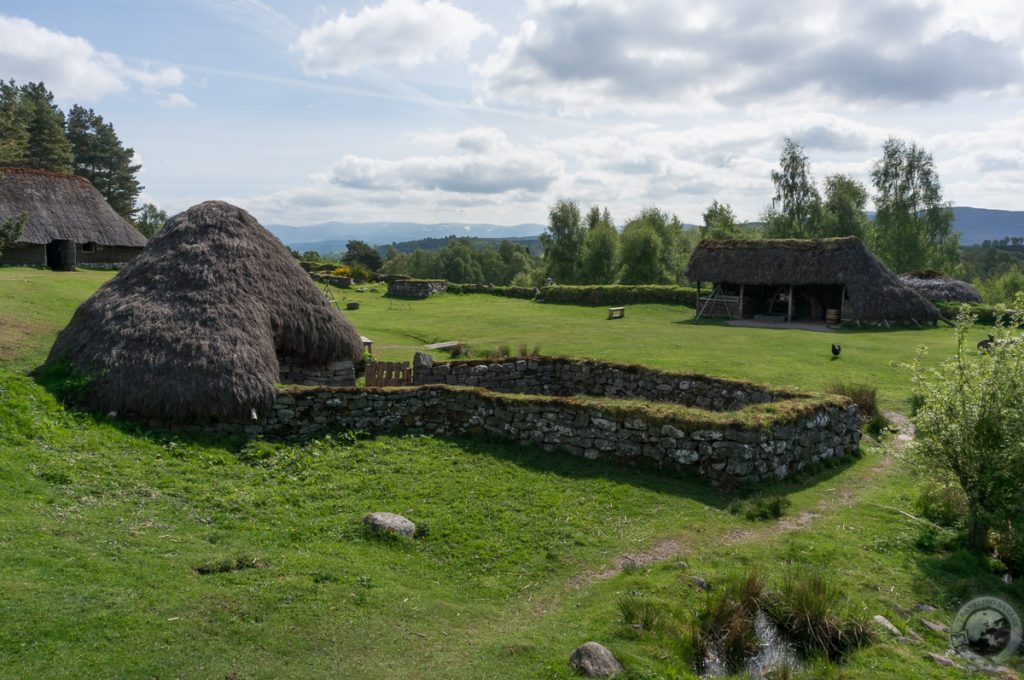
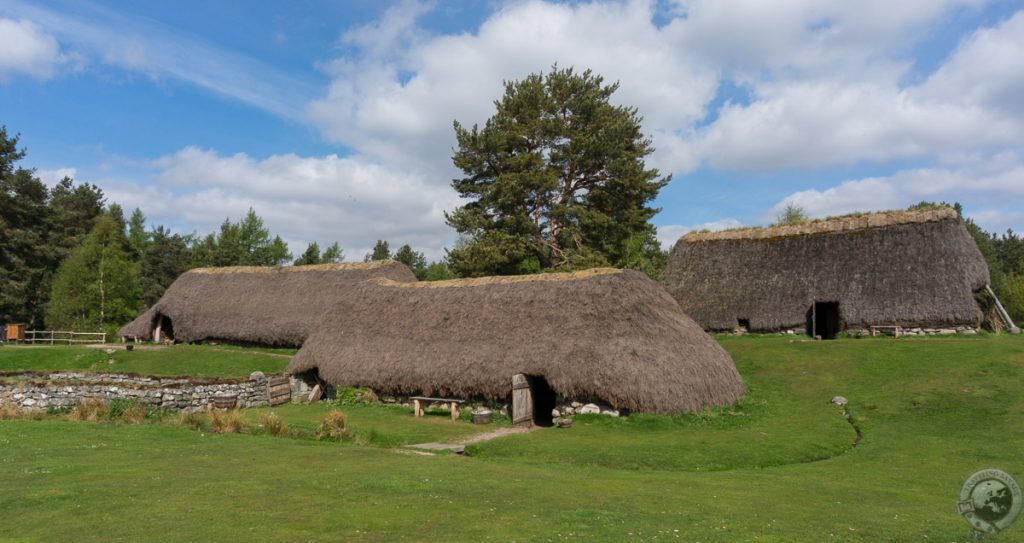
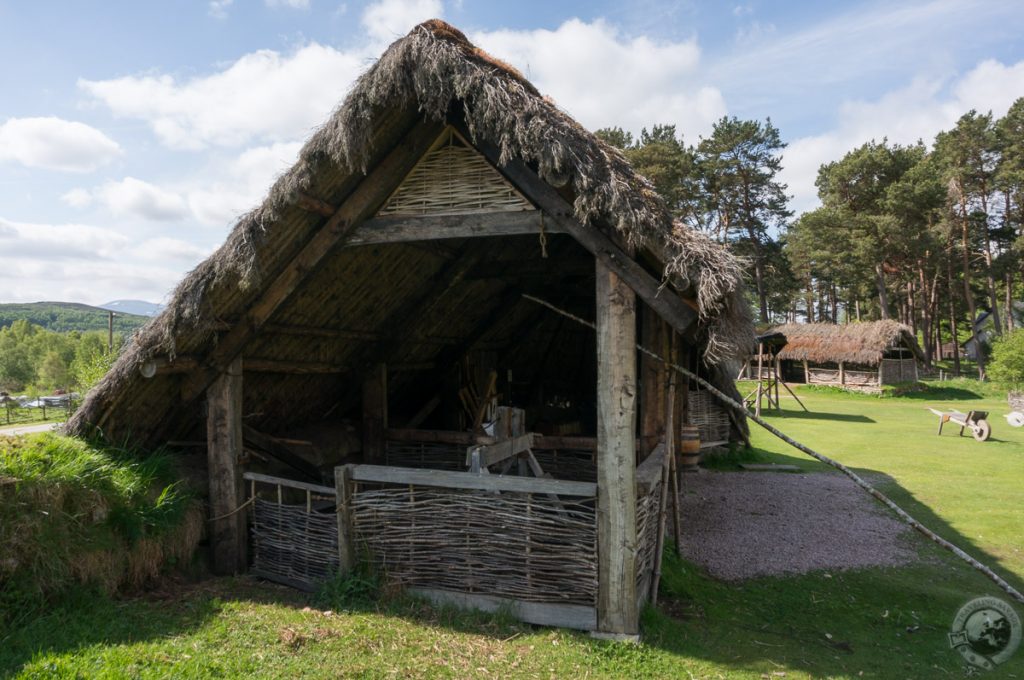
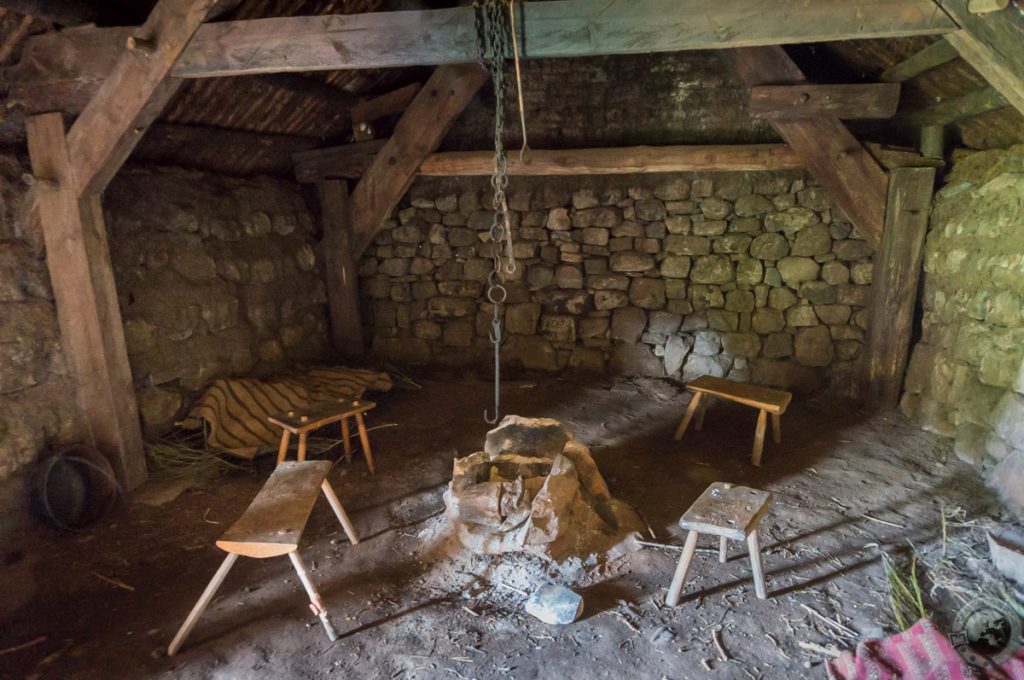
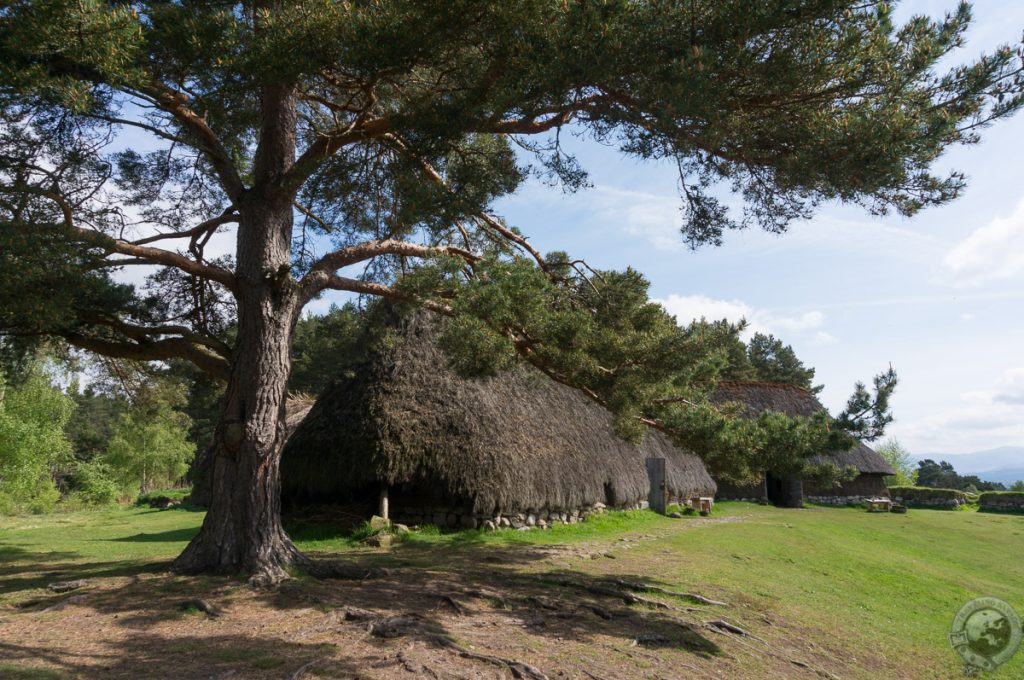
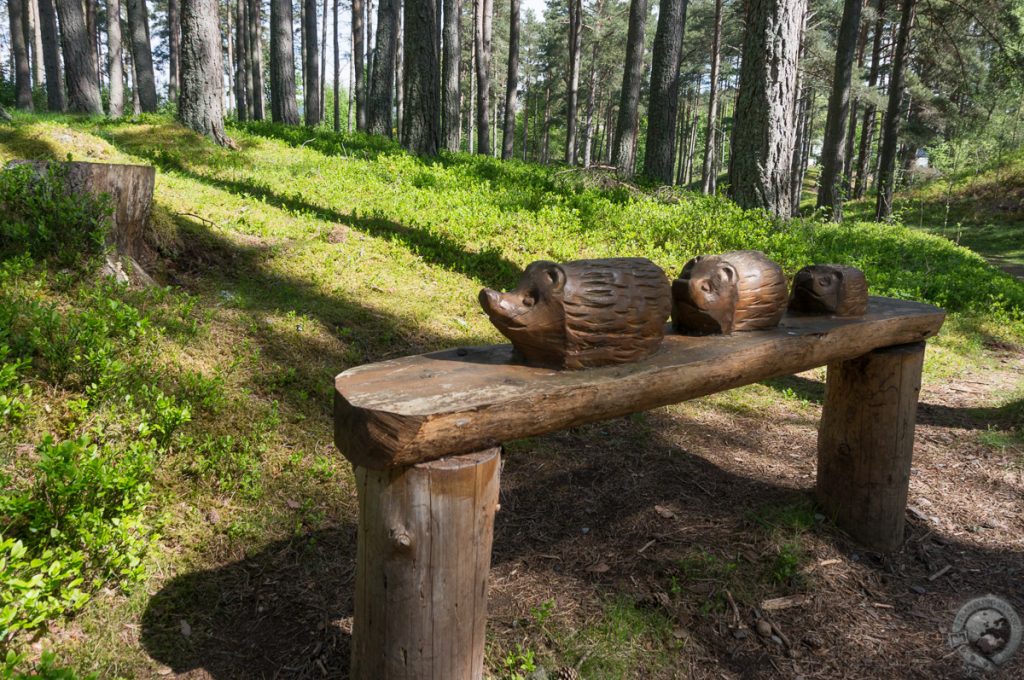
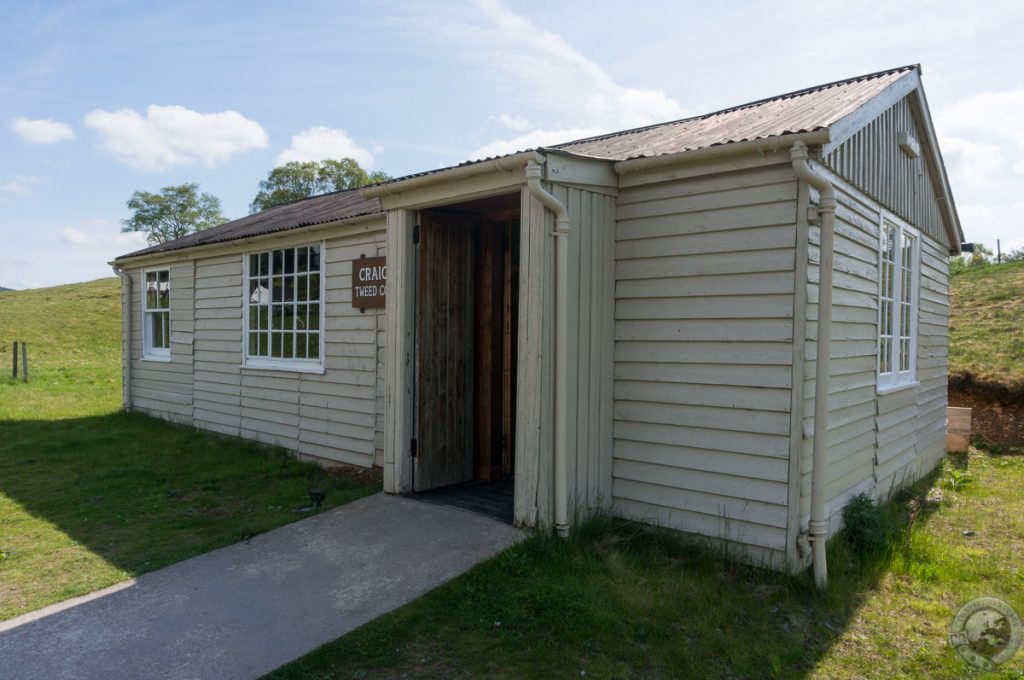
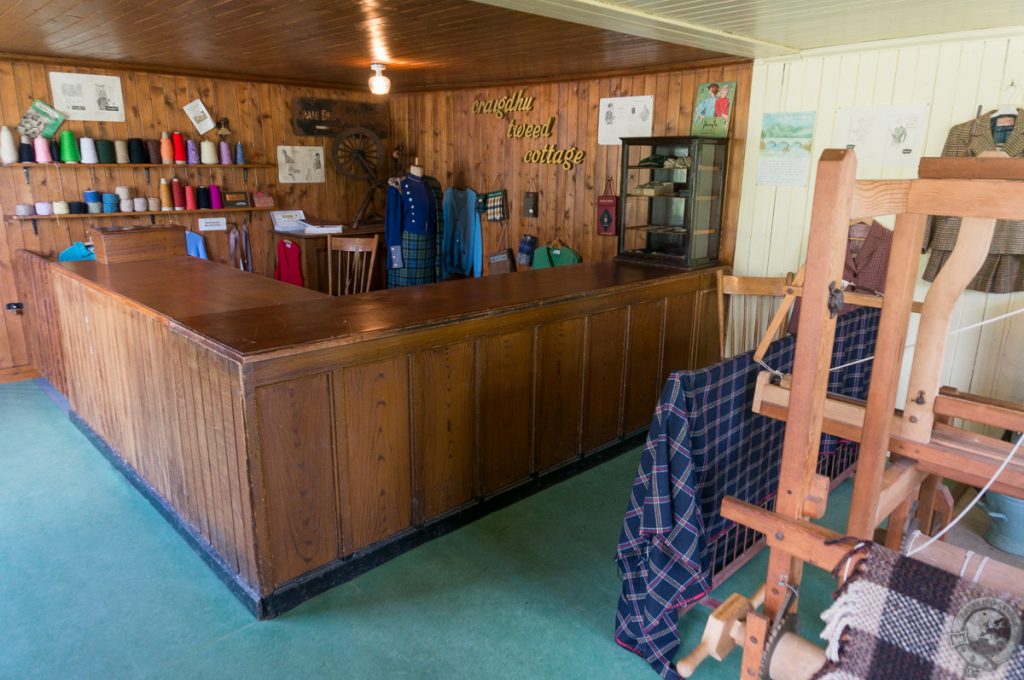
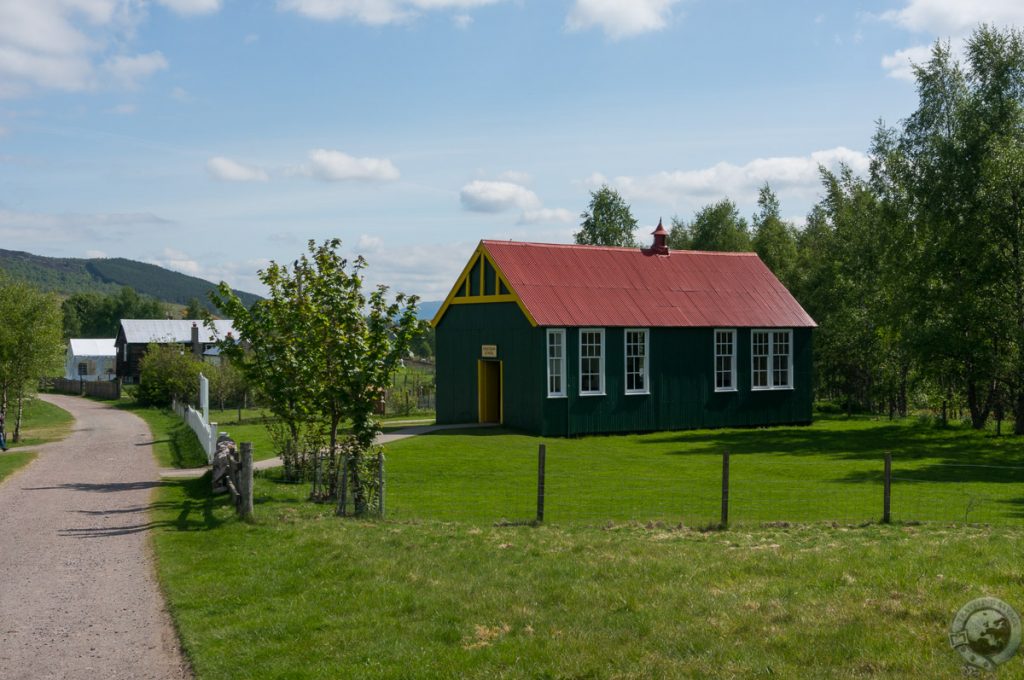

Great piece on the museum. I have the same museum disability but was provoked by your description and wish I’d seen it when I was last in that part of Scotland. I also should note that your new website design is stunning. I loved opening up to that beautiful almost full page photo of Scottish countryside.
Hi! Fun post! I totally remember the peeing in the bucket scene happening in a like cottage, ha! And I found this page looking for the other open-air museum I visited at Auchindrain, but this one also looks well worth a visit! Next time, if I get a next time… 😀